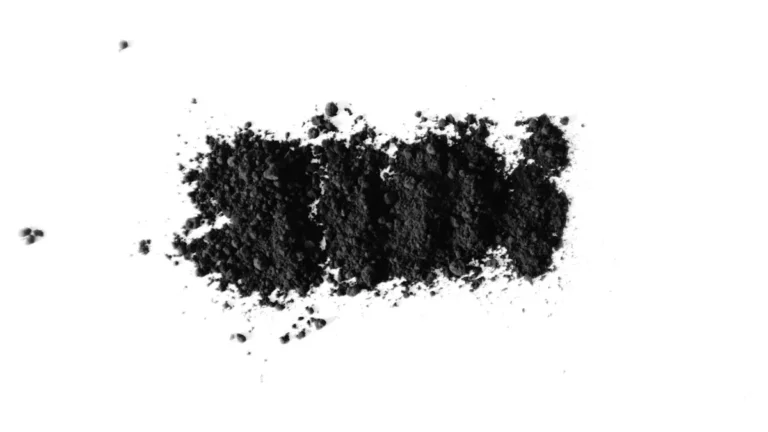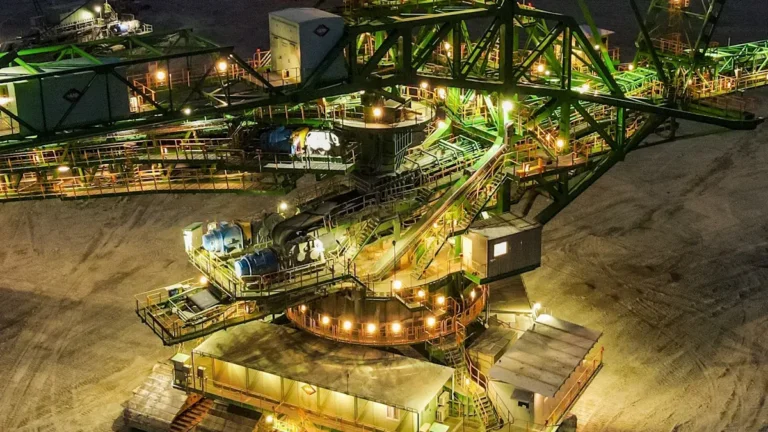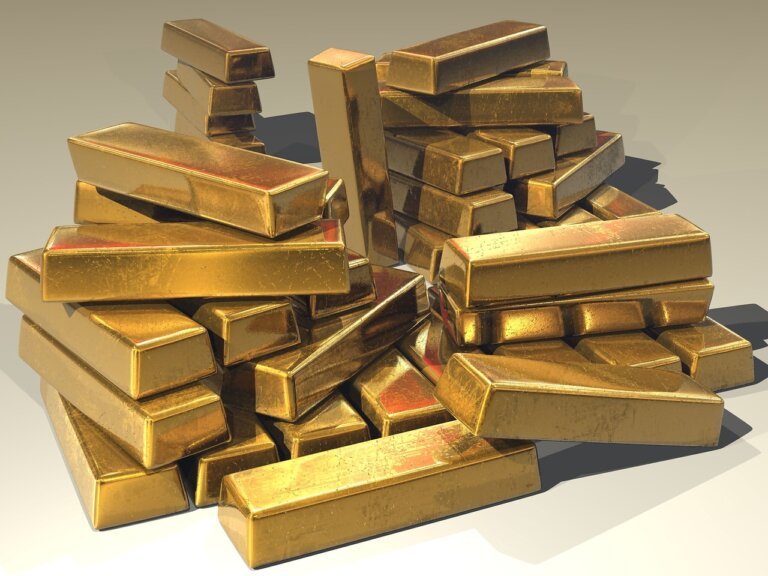Activated Carbon For Gold Recovery
.webp)
Buy Gold Recovery Activated Carbon
Industry Challenges
Adsorptive Selectivity Difficulties
- Activated carbon does not adsorb gold solely but rather has competition from other metal cyanide complexes (e.g. copper, nickel) which affect the gold recovery.
- Organic sorption contaminants like humic acids further affect the selectivity of the carbon-supported composite materials.
Carbon Fouling / Deactivation
- Pore blockage can be from inorganic precipitates (e.g. calcium carbonate, silica) and from organic volatiles (e.g. oils, floculants).
- Mechanical agitation causes carbon erosion via attrition, and all mechanical erosion or attrition losses carbon.
Regeneration Limitations
- Through thermal reactivation, activated carbons have limits to their capacity to adsorb.
- The process of thermal reactivation can create damage to the carbon's pore structure that is irreversible, and can damage carbons to unusable condition.
- The chemical process to strip valuable metals from carbon will create new aqueous waste streams that require treatment.
Processing Time Limitations
- The kinetics of adsorption are relatively slow and lead to increased retention times in both CIP/CIL circuits.
- In heap leach/CIC applications, channeling developes during carbon column feed(ing) with varying flow paths and a drop in recovery.
related types of activated carbon
-r8fslg51nt6wgjtvh6yldxb1gtkgm3lpe0oq1akgog.webp)
- Iodine Value: 600-1200
- Mesh Size: 1×4/4×8/8×16/8×30/12×40/20×40/20×50/30×60/40×70 (More size on request)
- Apparent Density: 400-700
-r8fsli0q1h9h3rr567ruiwtynlb71ht629zozuhoc0.webp)
- Iodine Value: 500-1300
- Mesh Size:0.9-1mm/1.5-2mm/3-4mm/6mm/8mm(More size on request)
- Apparent Density: 450-600
-r8fslbfupn0gui0p8mxgjghqhw7mjm31pdfamwrfjk.webp)
- Iodine Value: 500-1300
- Mesh Size: 150/200/300/350 (More size on request)
- Apparent Density: 450 – 550
-r8fsle9da54btbwls65c8xs4a1tq6pe8prdr2qn90w.webp)
- Iodine Value: 400-800
- Mesh Size: 100×100×100mm/100×100×50mm (Custom cell density on request)
- Apparent Density: 350-450
- Bore Diameter:1.5-8mm

- Iodine Value: 700-1200 mg/g
- Surface Area: 700-1200 m²/g
- Apparent Density: 320-550 kg/m³

- Iodine Value: 700-1200 mg/g
- Surface Area: 700-1200 m²/g
- Apparent Density: 320-550 kg/m³

- Iodine Value: 700-1200 mg/g
- Surface Area: 700-1200 m²/g
- Apparent Density: 300-650 kg/m³
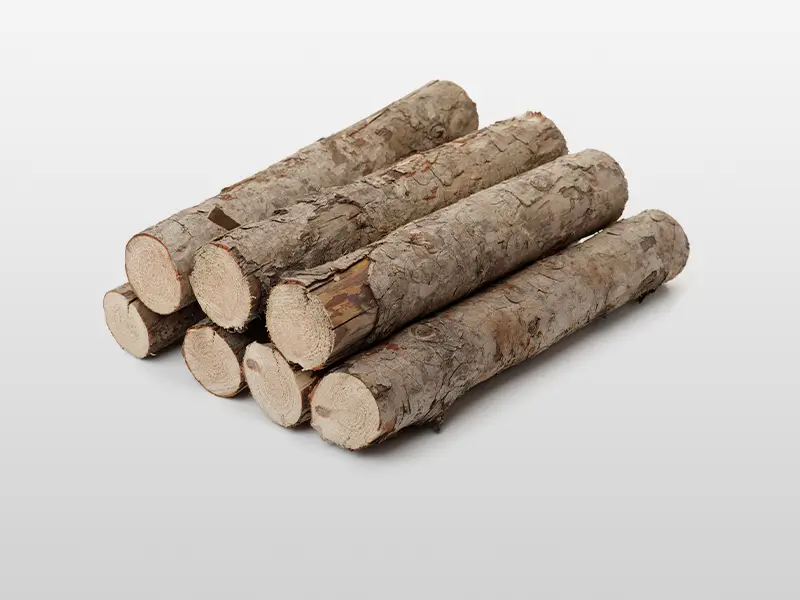
- Iodine Value: 700-1200 mg/g
- Surface Area: 700-1200 m²/g
- Apparent Density: 320-550 kg/m³

- Activation Method: Steam/gas activation at high temperatures
- Pore Structure: Microporous-dominated, uniform pore distribution
- Environmental Profile: Chemical-free, low ash content
- Primary Applications: Gas-phase adsorption, drinking water purification

- Activation Method: Chemical activation (e.g., H₃PO₄/ZnCl₂) at moderate temperatures
- Pore Structure: Mesoporous-rich, higher surface area
- Process Efficiency: Shorter activation time, 30-50% higher yield
- Post-Treatment: Acid-washing required to remove residues

- Functionalization: Loaded with active agents (e.g., I₂/Ag/KOH)
- Targeted Adsorption: Enhanced capture of specific pollutants (e.g., Hg⁰/H₂S/acid gases)
- Customization: Chemically optimized for target contaminants
- Core Applications: Industrial gas treatment, CBRN protection
Why Use Our Activated Carbon

Enhanced Gold Selectivity:
Our specialized pore structure preferentially adsorbs gold-cyanide complexes over competing metal contaminants.

Superior Mechanical Durability:
High resistance to attrition minimizes carbon fragmentation during aggressive agitation processes.

Optimized Regeneration Performance:
Maintains consistent adsorption capacity through multiple thermal reactivation cycles.

Reduced Fouling Susceptibility:
Surface-modified carbon resists pore blockage from inorganic scales and organic impurities.
Process and Technolog
1. Carbon in Pulp (CIP)
Solution Overview
Gold-cyanide solution from leached ore slurry contacts activated carbon in sequential adsorption tanks, where gold selectively loads onto carbon particles.
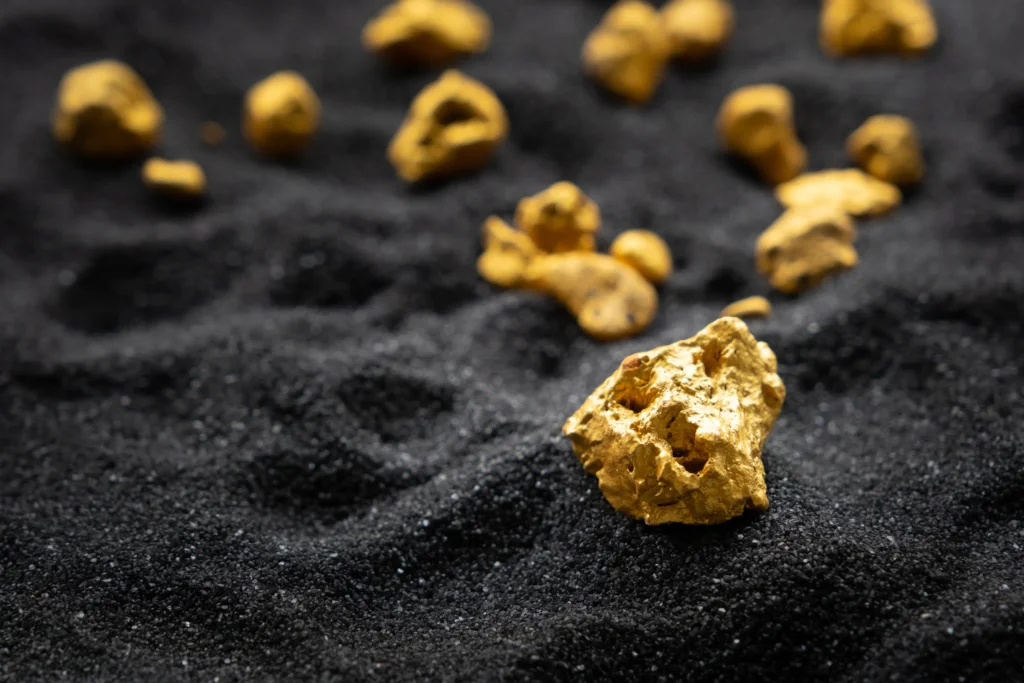
Key Advantages
- Enables counter-current flow configuration for optimized gold recovery
- Allows separate optimization of leaching and adsorption stages
- Reduces gold losses through efficient solid-liquid separation
- Minimizes carbon handling in aggressive leaching environments
2. Carbon in Leach (CIL)
Solution Overview
Simultaneous leaching and adsorption occur in the same reactor tanks, with activated carbon added directly to the leaching slurry.

Key Advantages
- Integrates leaching and adsorption into single-stage operation
- Accelerates overall process kinetics through continuous gold removal
- Prevents gold re-precipitation by immediate adsorption
- Simplifies plant design with reduced tank requirements
3. Heap Leaching with Carbon in Columns (CIC)
Solution Overview
Pregnant solution from ore heaps percolates through fixed-bed columns packed with activated carbon for gold adsorption.

Key Advantages
- Handles low-grade solutions effectively through passive flow design
- Adapts to variable flow rates and solution volumes
- Eliminates mechanical agitation for reduced carbon attrition
- Facilitates simple carbon transfer for elution cycles
4. Carbon in Conduit / Fluidized Bed Systems
Solution Overview
Activated carbon moves counter-currently to gold-bearing solution in inclined channels or fluidized columns.
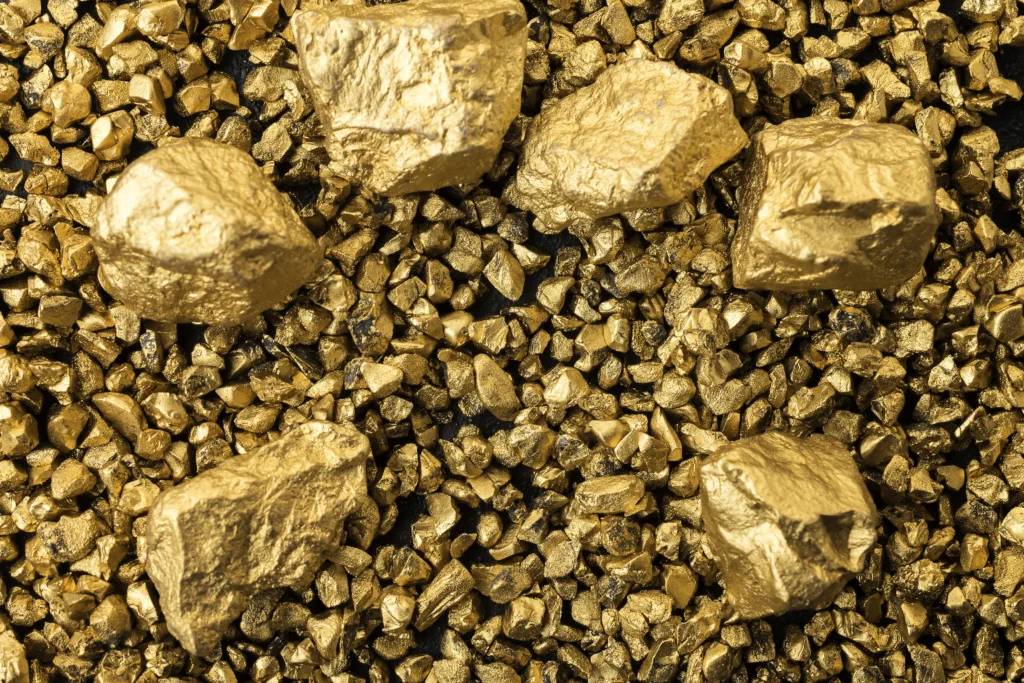
Key Advantages
- Enhances mass transfer efficiency through turbulent flow regimes
- Enhances mass transfer efficiency through turbulent flow regimes
- - Allows continuous carbon loading without process interruption
- - Minimizes channeling effects common in static columns
Related Blog
